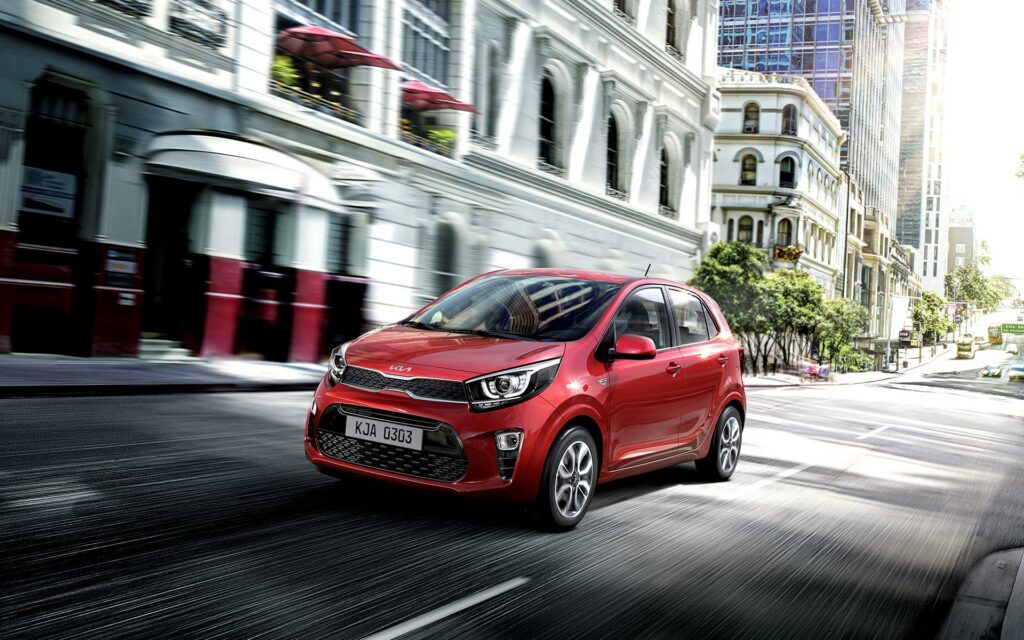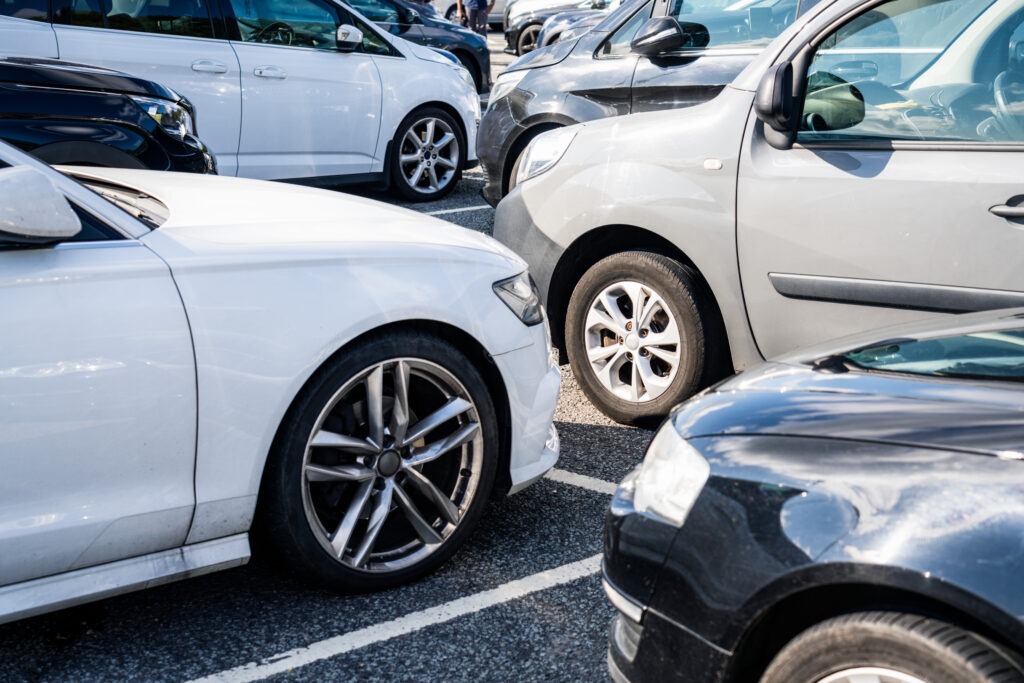Concern for EU new-car market as emissions targets loom
25 September 2024

New-car registrations in the EU fell sharply in August. Meanwhile, the region’s automotive industry highlighted concerns about upcoming emissions targets. Autovista24 editor Tom Geggus discusses this with journalist Tom Hooker and special content editor Phil Curry in a new podcast.
With its latest registrations figures and statements, the European Automobile Manufacturers’ Association (ACEA), has raised some big red flags. But was last month’s delivery decline a real cause for concern, and could emerging trends impact new regulations moving forward?
Subscribe to the Autovista24 podcast and listen to previous episodes on Spotify, Apple and Amazon Music.
Show notes
EU new-car market suffers worst performance in over two years
Big declines for BEVs in EU new-car markets
German new-car market slumps into worrying decline in August
EU registrations plummet
Last month, the EU new-car market recorded its worst year-on-year registrations percentage drop since April 2022. Deliveries declined by 18.3% to around 644,000 units, marking the lowest August registration total in three years.
In the first eight months of 2024, the market was up 1.4% compared to the same period last year, with 7.18 million units. However, this was down from a 3.9% year-to-date growth in July.
Germany, the EU’s biggest new-car market, slumped by 27.8% in August. This was followed by drops in France (down 24.3%), Italy (down 13.4%) and Spain (down 6.5%).
Looking at the remaining markets posting five-digit monthly registration totals, both Belgium and Sweden saw registrations decline by 20.3%. Portugal (down 9.4%), Austria (down 8.9%), Czech Republic (down 8.7%), Denmark (down 5.1%) and the Netherlands (down 0.4%) also suffered decreases.
Only Poland was able to post an improvement, with deliveries up 2.5%. Of the 27 EU member states, it was one of only four markets to record growth in August.
BEV driven decline
This overall market decline was largely driven by battery-electric vehicles (BEVs). It recorded the biggest drop of any powertrain, plummeting 43.9%. This equated to a loss of over 72,000 units year on year. Furthermore, the technology’s market share fell 6.6 percentage points (pp) to 14.4%.
The EU’s biggest BEV market, Germany, slumped 68.8% last month. This was caused by a pull-forward effect in August 2023, with BEV subsidies for businesses ending at the start of September of that year. Buyers rushed to take advantage of incentives, meaning registrations disproportionally increased in the month prior.
The resulting rush meant BEV registrations topped the country’s figures for the first time ever. This means last month’s sharp fall was the result of a comparison-based anomaly, rather than a serious lack of demand. France, the next biggest market for the powertrain, dropped 33.1%.
Meanwhile, EU deliveries of new plug-in hybrids (PHEVs) declined 22.3%. This was fuelled by a 56.9% fall in Belgium and a 35.3% decrease in France.
Combining BEVs and PHEVs, the electric vehicle (EV) market plummeted 38.3% in August and its share slumped 6.9 percentage points to 21.5%.
Concerns for 2025
The BEV slowdown could prove to be a problem for carmakers, should it continue. From 2025, new CO2 emissions targets are due to come into effect, imposing an average of 93.6g/km across the entire EU passenger car fleet. A further reduction is planned for 2030, with a review set for 2026.
However, ACEA has called for a delay on the 2025 targets, citing the downward trend in BEV registrations. It calls next year’s target ‘highly challenging’, with rising concerns over meeting the required levels.
‘We are missing crucial conditions to reach the necessary boost in production and adoption of zero-emission vehicles: charging and hydrogen refilling infrastructure, a competitive manufacturing environment, affordable green energy, purchase and tax incentives, as well as a secure supply of raw materials, hydrogen and batteries,’ the ACEA board said in a statement.
‘Economic growth, consumer acceptance, and trust in infrastructure have not developed sufficiently either,’ the board added.
ACEA believes a package of short-term relief is required for the 2025 targets, with a fast-track, comprehensive review of future emissions standards also needed. If not, the current situation raises the prospect of multi-billion Euro fines. ACEA estimates that the fines could be as high as €13 billion for the passenger-car market, as reported by Bloomberg.
Should the 2025 targets remain, carmakers may have no option but to reduce supplies of petrol vehicles. This would help to lower average fleet CO2 emissions. But with the powertrain still popular in the EU new-car market, such a move would also impact registration figures.
ICE falls ill
Diesel was the second-worst-performing powertrain in August. It endured a 26.4% delivery decline, resulting in a drop of almost 26,000 units year on year. Germany and Italy, the powertrain’s two biggest EU markets, fell by 24.4% and 29% respectively.
Meanwhile, petrol registrations plummeted 17.1%, equating to a loss of over 44,000 units year on year. The six largest markets for the powertrain saw declines in August starting with a 7.4% decrease in Germany. Then came France (down 36.6%), Italy (down 18.8%), Spain (down 17.4%), Poland (down 2.5%) and Belgium (down 15.5%).
Combining petrol and diesel volumes, the internal-combustion engine (ICE) market dropped 19.7% in August. It also endured a 4.8% delivery decline in the first eight months of the year, with its market share down 3.2pp in this period to 47.5%.
The hybrid market, including full and mild hybrids, prevented an even further fall in overall figures last month. The technology grew 6.6% in August. Without this result, the EU new-car market would have declined by 26.2% instead of the 18.3% drop it recorded.
Thanks to results elsewhere, the hybrid market share surged 7.3pp in August to 31.3%. The powertrain sat just 1.8pp behind petrol, the market leader, a stark contrast to the 8.6pp gap seen 12 months ago.
Adding hybrids to the EV market share meant electrified powertrains accounted for 52.8% of new-car registrations last month. This is an increase from a 52.4% share in August 2023.




